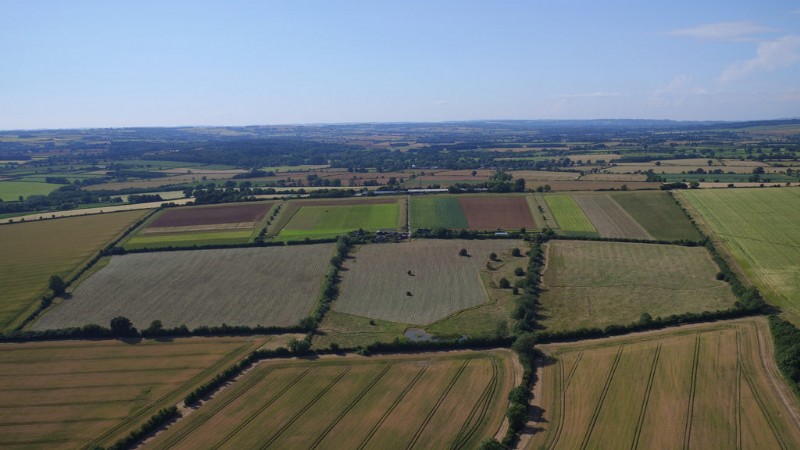The combine harvester we bought earlier in the year had its first outing last week, when we brought in the spring barley.
The sun was shining, all was running sweetly and we filled our first tank with grain. But then we could unload no more, due to a problem with the unloading auger.
Anyone who’s tried to repair a combine will know how difficult it is just to get access to anything. We were soon covered in prickly ears of barley and baking in the hot sun, listening to the taunting hum of fully-functioning combines busy at work on the neighbouring farms.
After several hours we had to admit defeat and called in the local engineer from Cotswold Combines. He visited the following morning, diagnosed a broken bearing in the unloading auger, and had it up and running within a couple of hours. The only trouble was the rain, which forced us to postpone harvesting the rest of the barley.
A week later we were able to finish the job, with a good yield of 1.8 tons per acre with 15% moisture content. We’ve sold the barley to a local farmer for feed and we shall be baling the barley straw, probably for bedding and feeding to sheep.
Our main reason for growing spring barley though, it that it’s traditionally been grown at Honeydale and though we’ve diversified with various other crops and mixtures, we wanted to retain a small acreage of the original crop to benchmark ‘before and after’ soil conditions.
On the subject of quick fixes,we’ve been experimenting with a method of soil improvement in the form of over winter green manure which we believe has been used little in the UK in recent times. We sowed our Summer Quick Fix, comprising mustard and legumes, in one of the fields and it’s grown well, smothering weeds and creating double the density of a trial brassica mix of radish and mustard. We’ve now purchased a crimper/roller with blades and will use it to flatten and cut some of the green manures before drilling with rye and vetch to protect the soil over winter..





